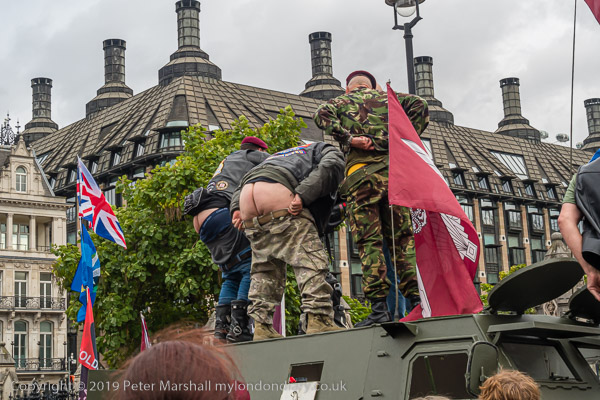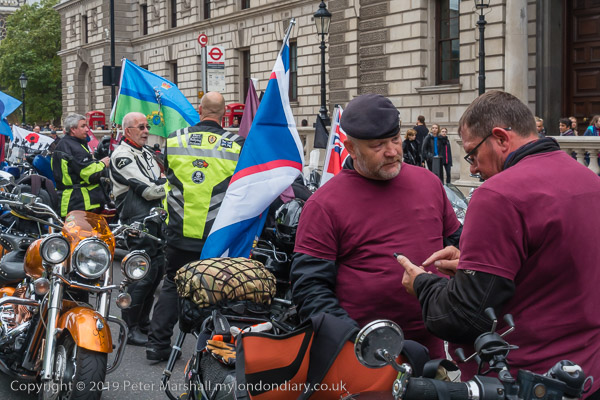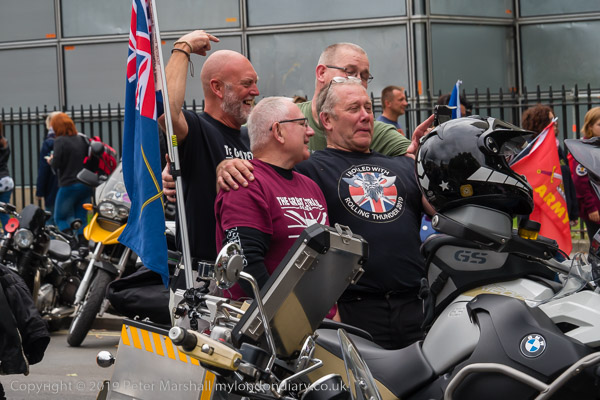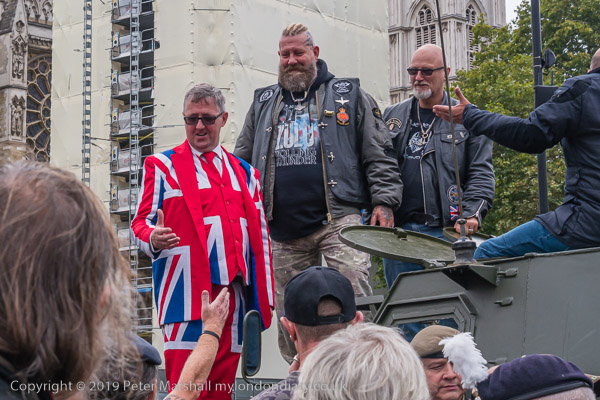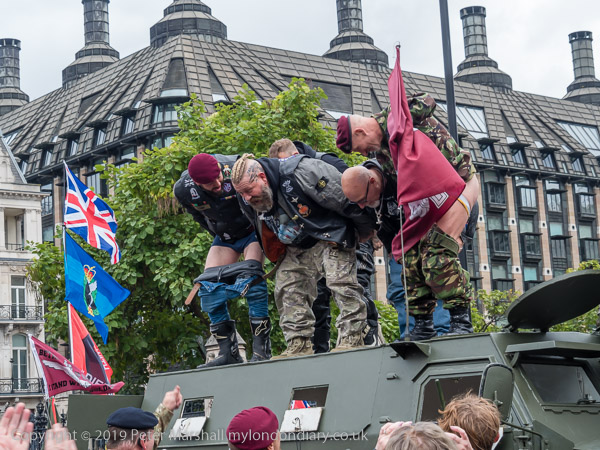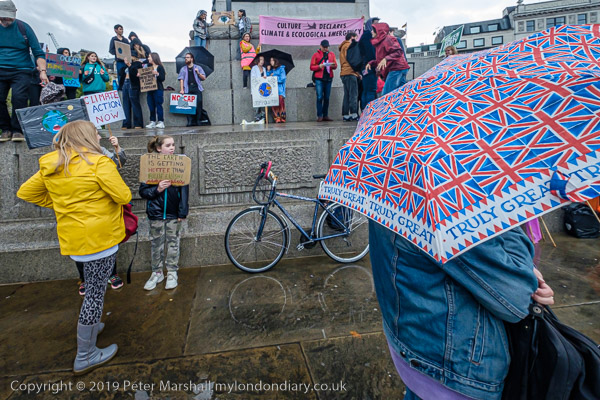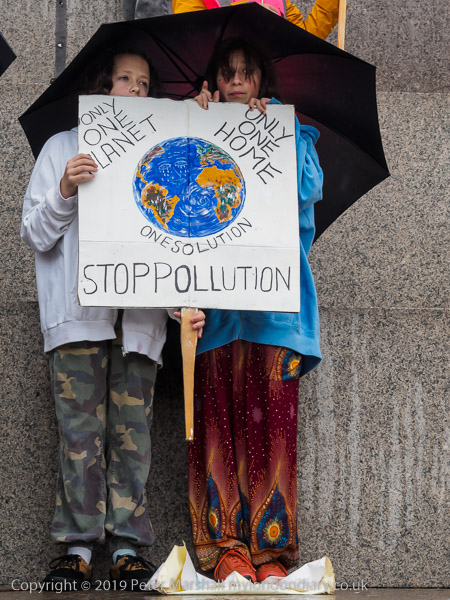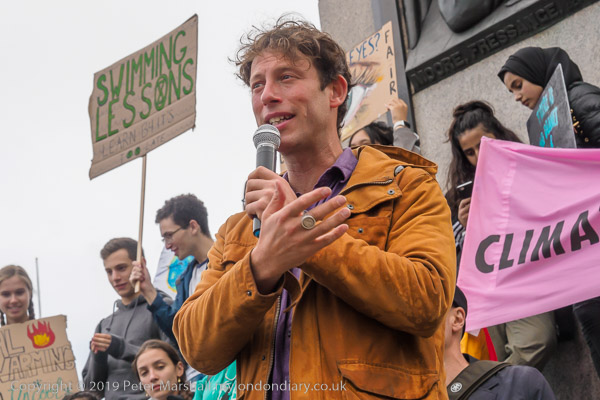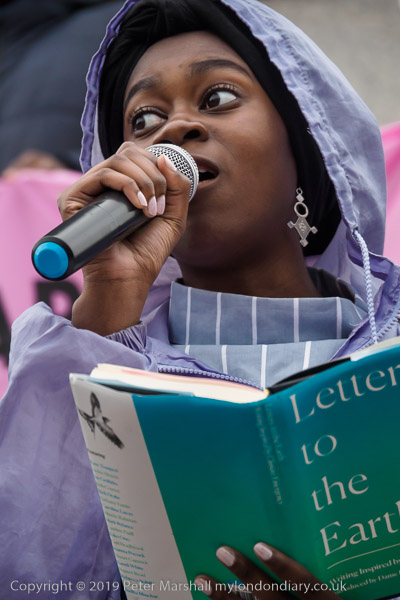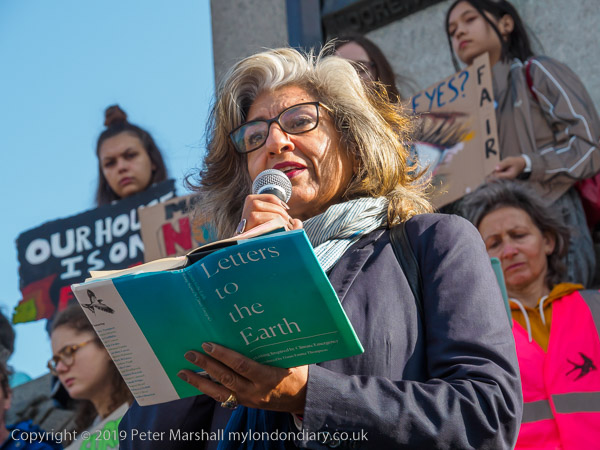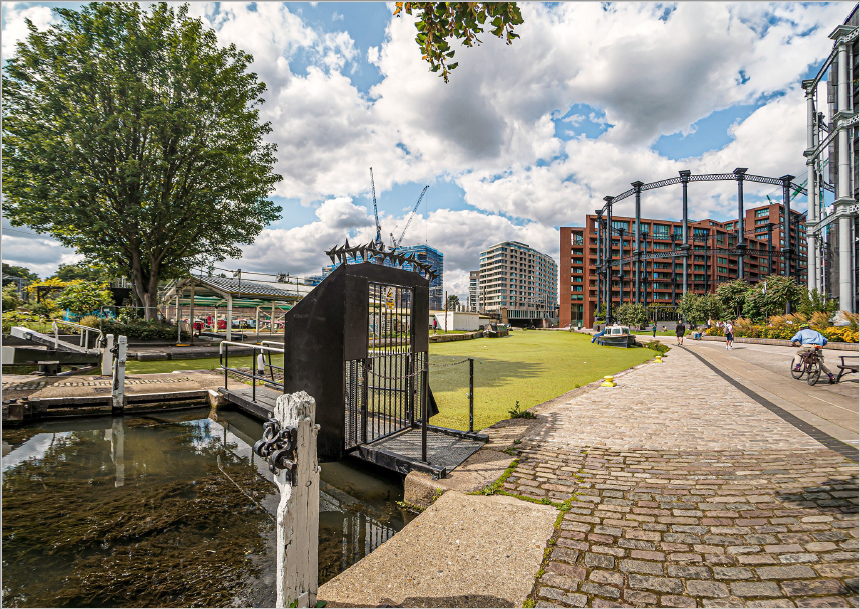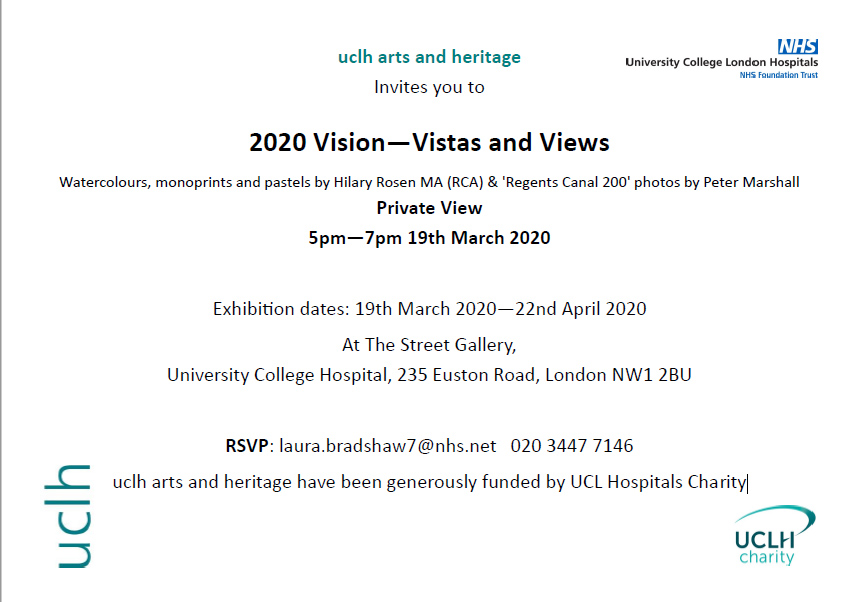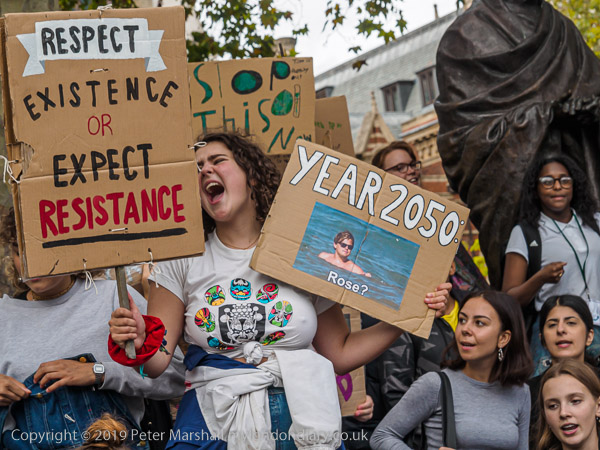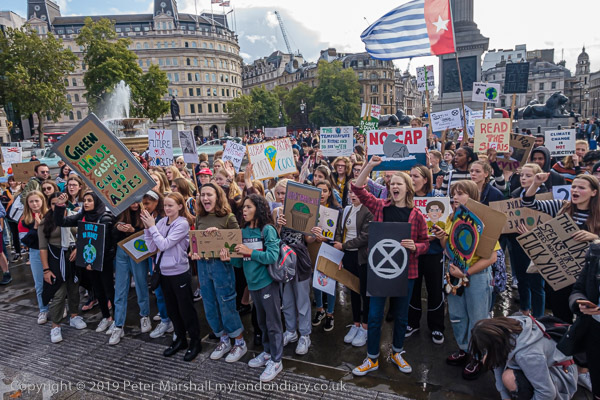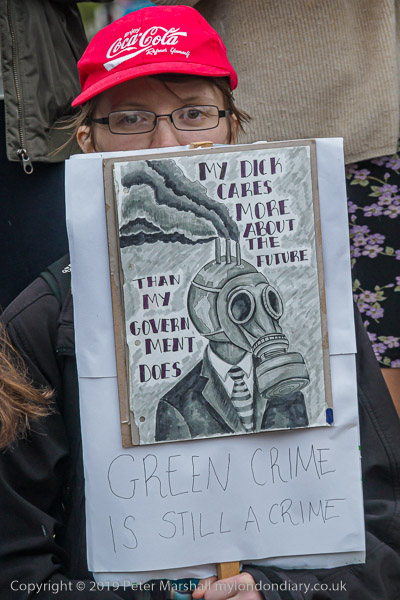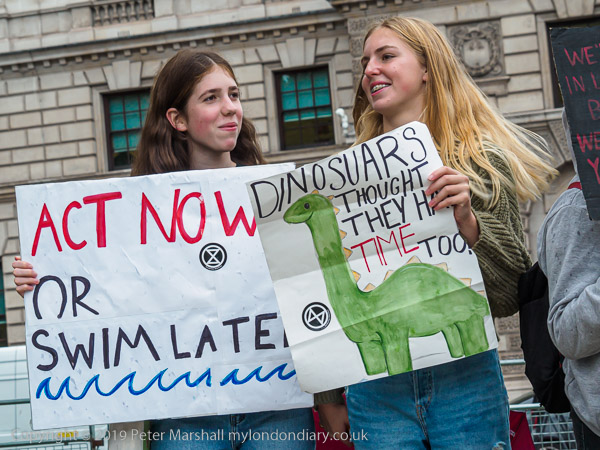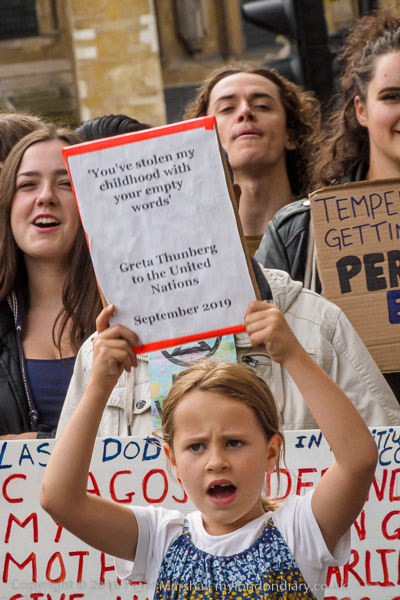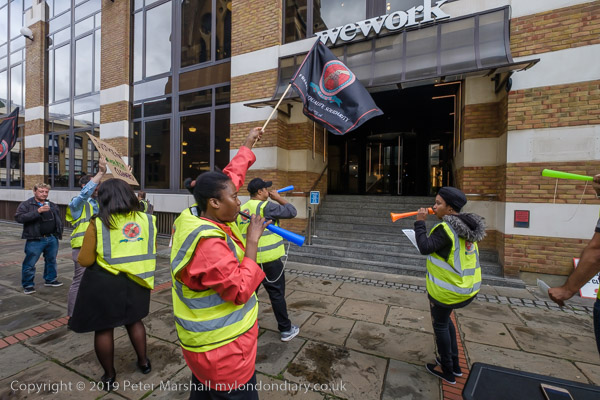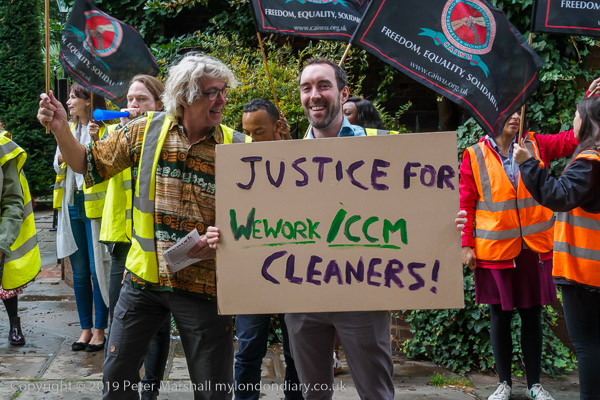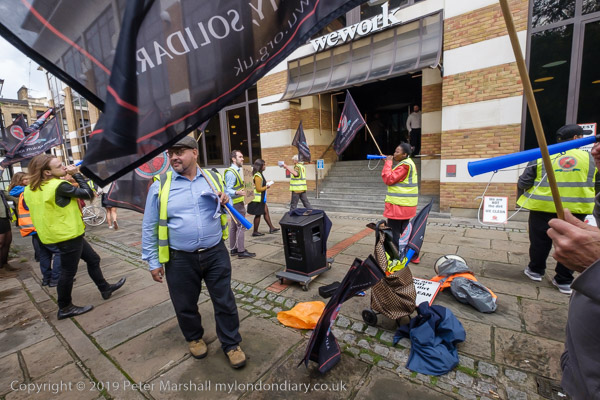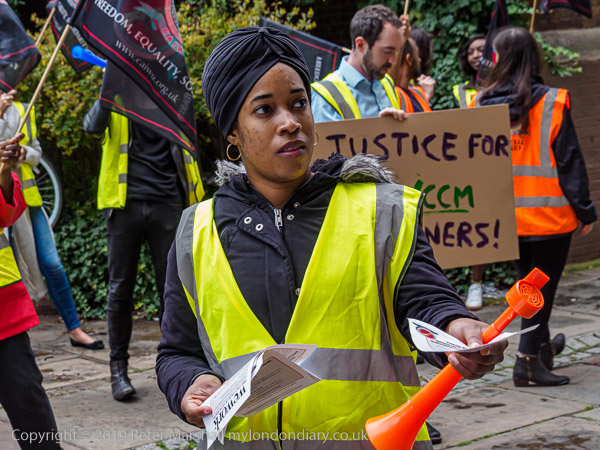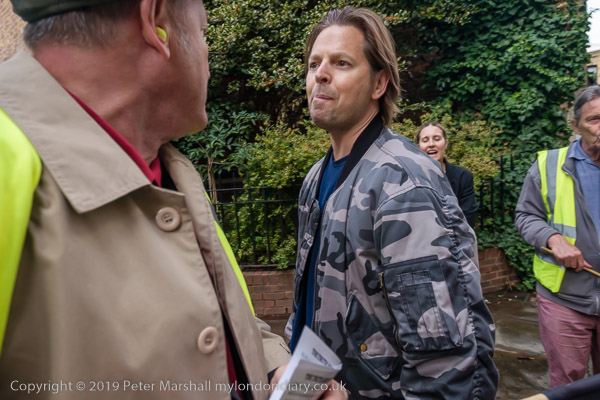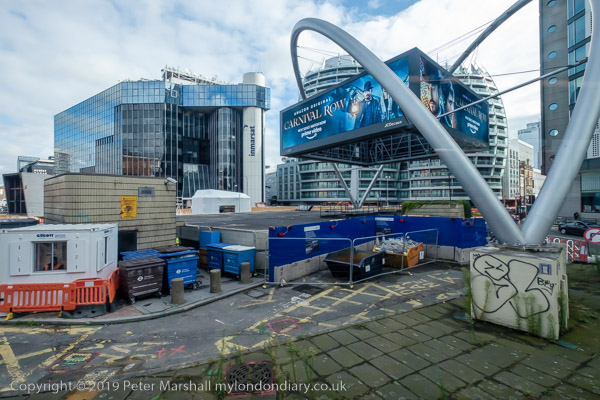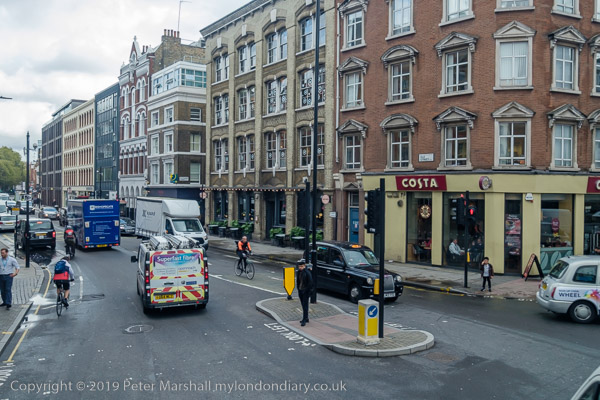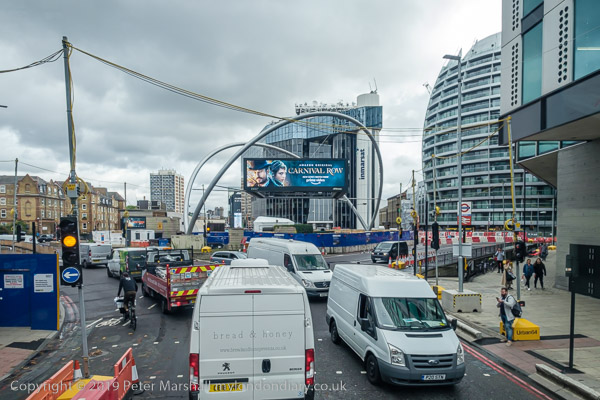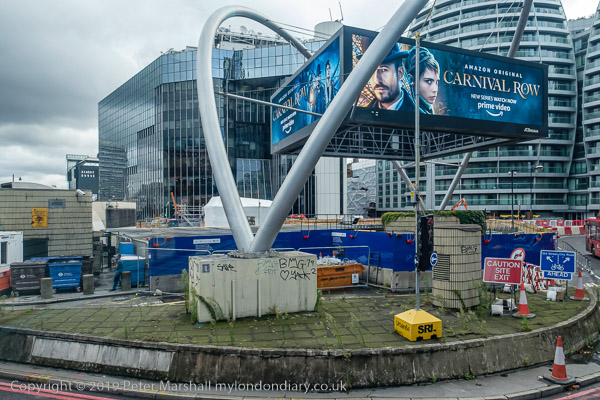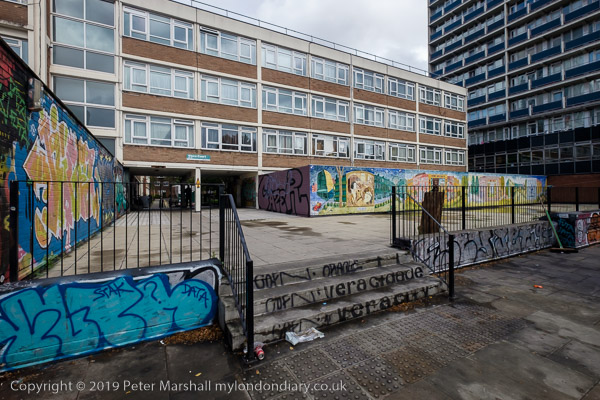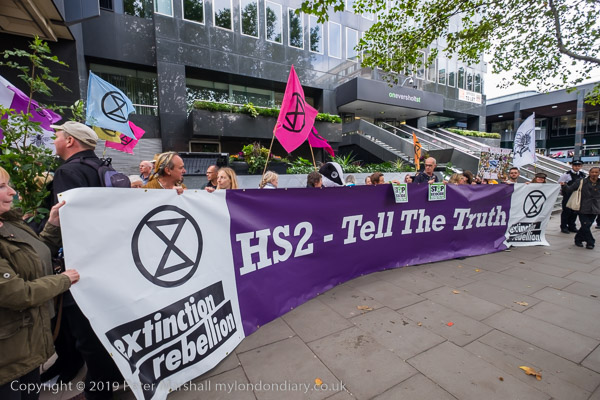
Lord Adonis has a lot to answer for, a rival to Failing Grayling who also served as Secretary of State for Transport – from 2016 to 2019. Adonis regards himself as “the architect of HS2” and published the original plan around ten years ago during the then new Labour government. It is down to him that we have the pigs ear which is HS2 rather than a modern railway that would be a great asset to our infrastructure.
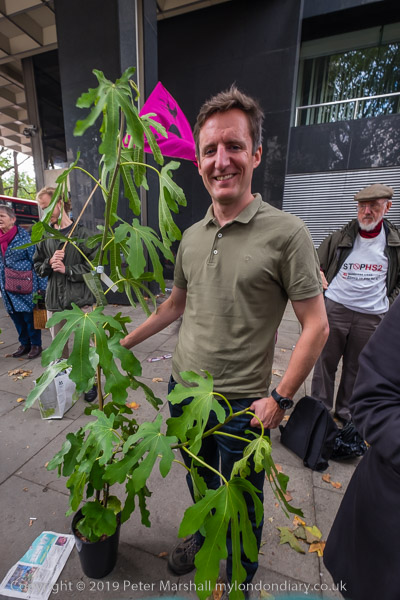
HS2 as presently planned is crazy. It doesn’t connect with HS1, so we will eventually need to build a new connection there. It doesn’t run into Birmingham New Street, and the time saved by the faster transit into Curzon St will be lost for passengers requiring onward services there. And while the high-speed trains will be able to continue their journeys on existing track further north, they will actually be slower on these than the existing tilting stock.
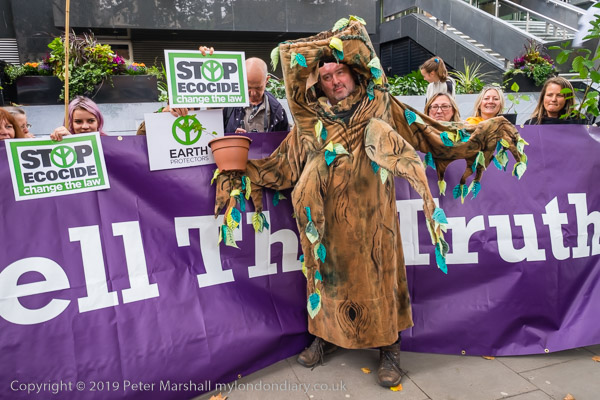
There were alternative routes that would have worked better and certainly been more friendly to the environment, but these were dismissed under Adonis apparently without proper investigation. And it would have been better to have started by sorting out existing northern routes where the need is greater. We already have two working routes to Birmingham from London, from either Euston or Marylebone.
London-Birmingham is really too short a trip for the huge cost of a high-speed 300km/h connection to be worthwhile, they saving in time been too short. Currently the fastest services make the journey in 1 hr 22 mins, and that time could almost certainly be shortened by relatively small changes in to the existing route and signalling. The distance is 161km and the current average speed of the fastest services is only 118 km/h, using trains capable of over 200km/h.

The protest at Euston led by Chris Packham and The Woodland Trust was over the environmental damage being caused by destruction of ancient woodlands on its route, taking place at a time when the whole HS2 project was still in doubt and was precipitated by the imminent destruction of South Cubbington Wood, due to be destroyed on 9th October. This is one of 30 classified ancient woodlands among a total of 108 woods to be wholly or partly lost to HS2. And the felling was put on hold.
Since then, the project has been given the go-ahead by Boris Johnson and is likely to be too far advanced by the time we get a new government to make some sensible changes. But I have a horrible feeling it may just end up as a huge white elephant.
More on the protest: HS2 threatens ancient Woodland
All photographs on this and my other sites, unless otherwise stated, are taken by and copyright of Peter Marshall, and are available for reproduction or can be bought as prints.
There are no adverts on this site and it receives no sponsorship, and I like to keep it that way. But it does take a considerable amount of my time and thought, and if you enjoy reading it, please share on social media.
And small donations via Paypal – perhaps the cost of a beer – would be appreciated.
